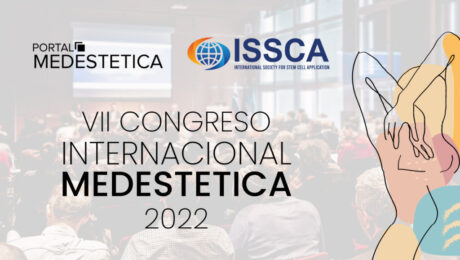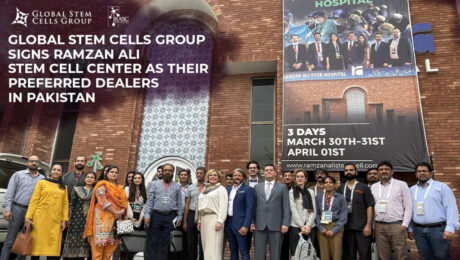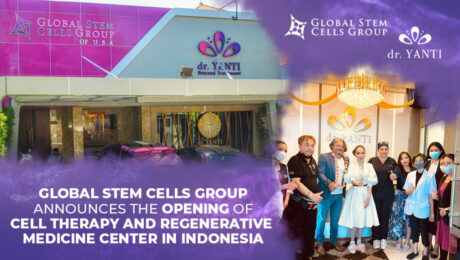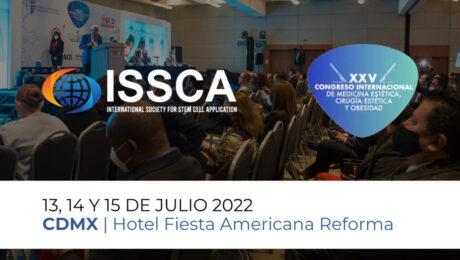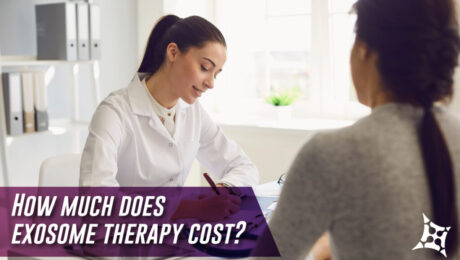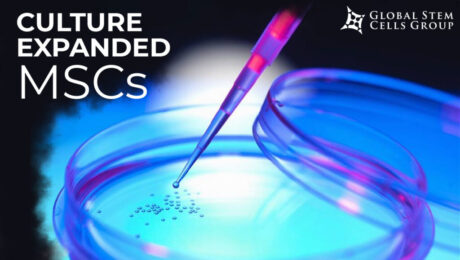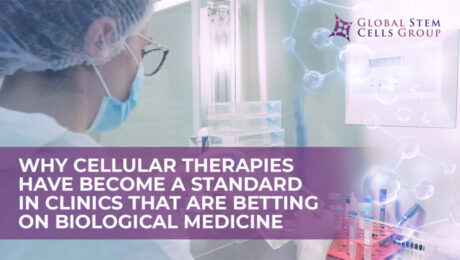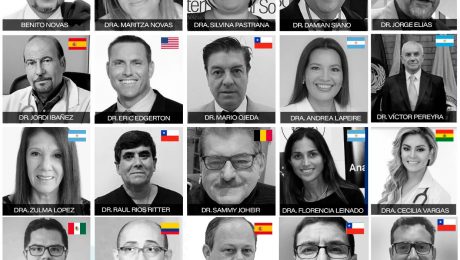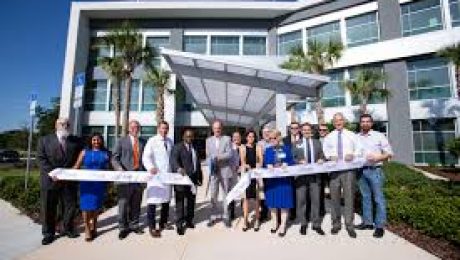The international society for stem cell association (ISSCA) will participate in VII CONGRESO INTERNACIONAL MEDESTETICA 2022 at Paseo La Plaza. Buenos Aires, Argentina, on August 11, 12 and 13. ISSCA has announced plans to participate as a sponsor in the medestetica congress. The organization has been promoting advances in regenerative medicine especially focused on the
Global Stem Cells Group has announced the signing of an exclusive contract with Ramzan Ali Stem Cell Center to expand the company’s service for Patients, doctors and product lines in Pakistan GSCG and Ramzan Ali Stem Cell Center have signed an exclusivity agreement for 5 years to enhance GSCG’s services in Pakistan that entails multiple
Global Stem Cells Group is pleased to announce the establishment of a cell therapy and regenerative medicine facility in Indonesia. The new facility emphasizes Global Stem Cell Group’s objectives of bringing the advances and benefits of regenerative medicine to parts of the world where they are less well known. By enabling cooperation with Dr. Yanti
In recent years, the application of exosomes in regenerative medicine has been growing. Also, many more potential applications of exosomes in regenerative medicine are still being studied. In this article, you’ll learn the functions of exosomes and up-to-date applications of exosomes in regenerative medicine. What are exosomes? Exosomes are tiny vesicles that play a crucial
The XXV Congreso Internacional de Medicina, Cirugia Estética y Obesidad will take place in CDMX, México on July 13,14 and 15, 2022. The International Society for Stem Cell Application (ISSCA) will be actively taking part in the congress. The ISSCA is a multidisciplinary community of physicians and scientists with a mission to advance the science,
Exosome therapy is the new buzz in the regenerative medicine industry because of how it can repair and regenerate your cells and tissues. Exosome therapy is safer compared to other cellular therapy because it’s a cell-free therapy with no risk of rejection. Exosome therapy will be beneficial to you if you’re dealing with conditions such
Mesenchymal Stem Cells (MSCs) are the most commonly used cells in stem cell therapy and regenerative medicine, due to their high and multi-potency. Mesenchymal Stem Cells (MSCs) can be isolated from different tissues in the body. In this article, you’ll be learning about culture-expanded MSCs, how MSCs can be expanded, The potency of MSCs and
Cellular therapy is fast becoming a standard therapy in many regenerative clinics today. Many doctors are no longer questioning the safety and effectiveness of stem cell therapy. This is because various stem cell studies are already describing the benefits of stem cells for patients who are living with chronic and autoimmune health conditions. This article
The Stem Cell Center Network is an international network of regenerative medicine practitioners. The new Portuguese center will be located in the clinic of Dr. Hugo Madeiras, a highly-accredited Physician who will preside over the facility as Global Stem Cells Group’s chief representative in Portugal Miami, FL (PRUnderground) July 10th, 2020 The Stem Cell Center



